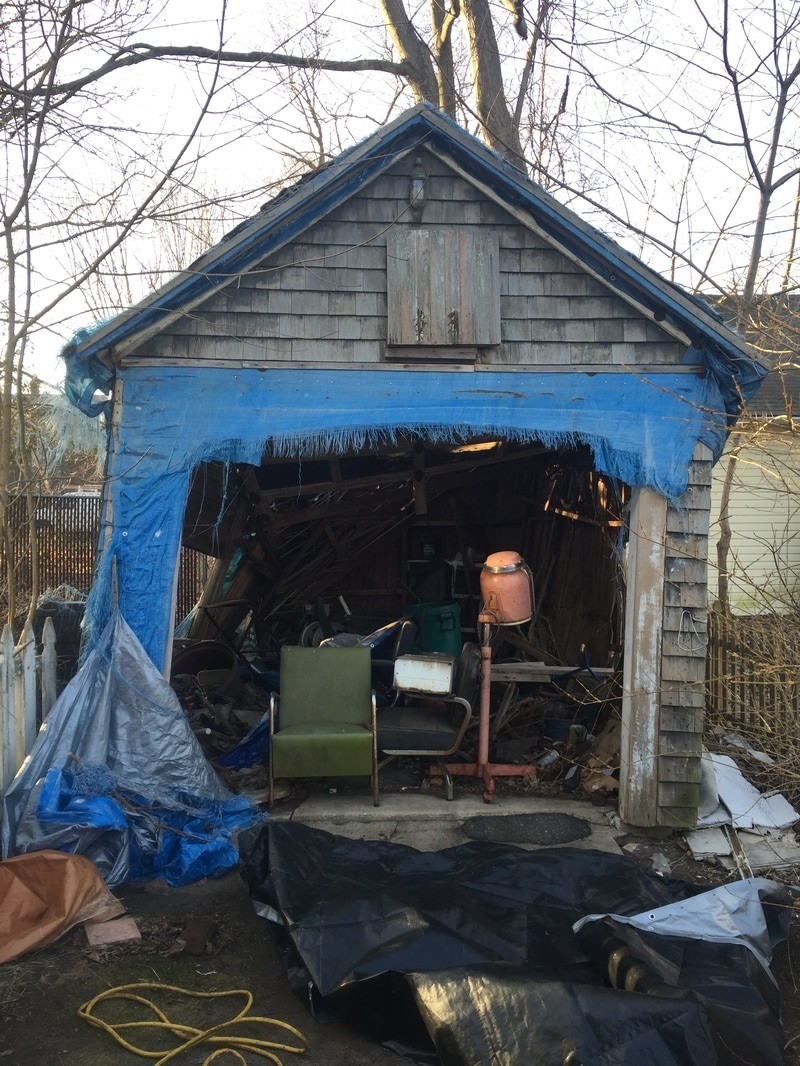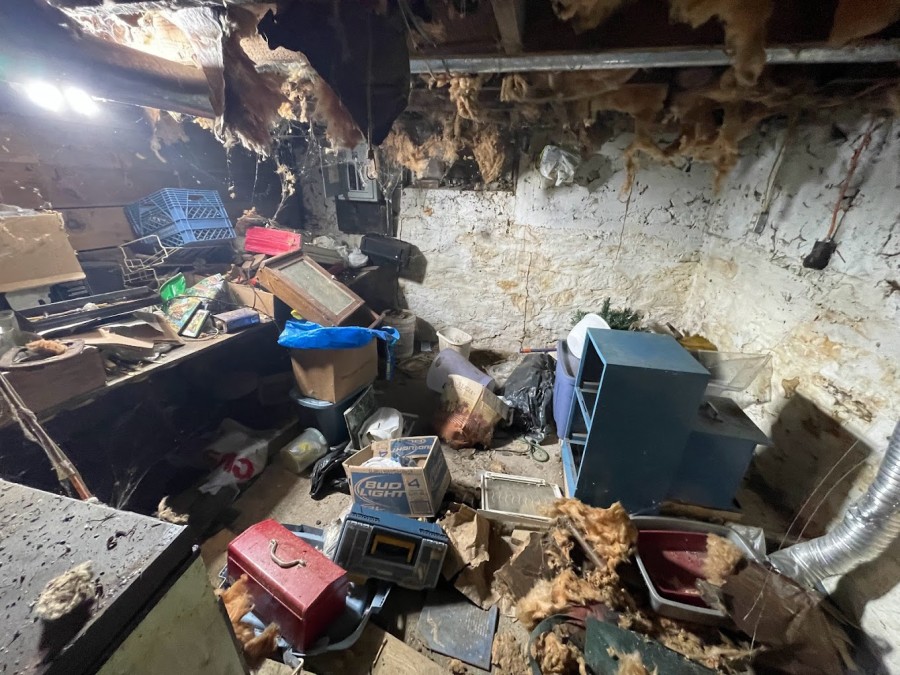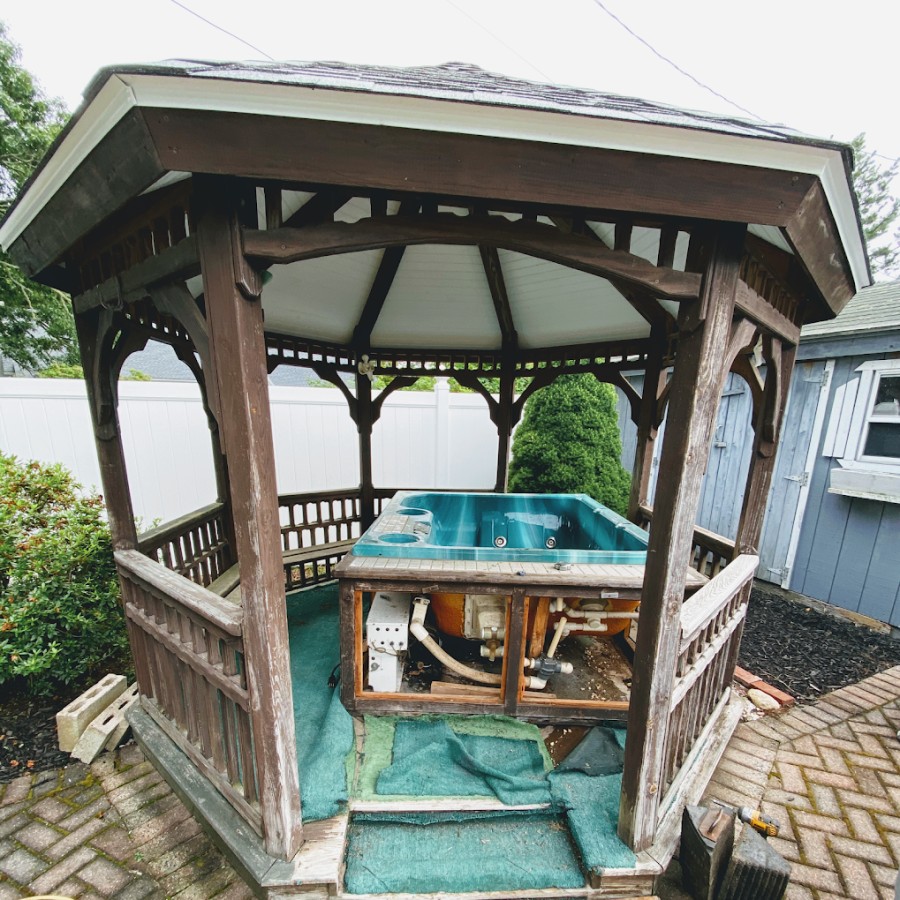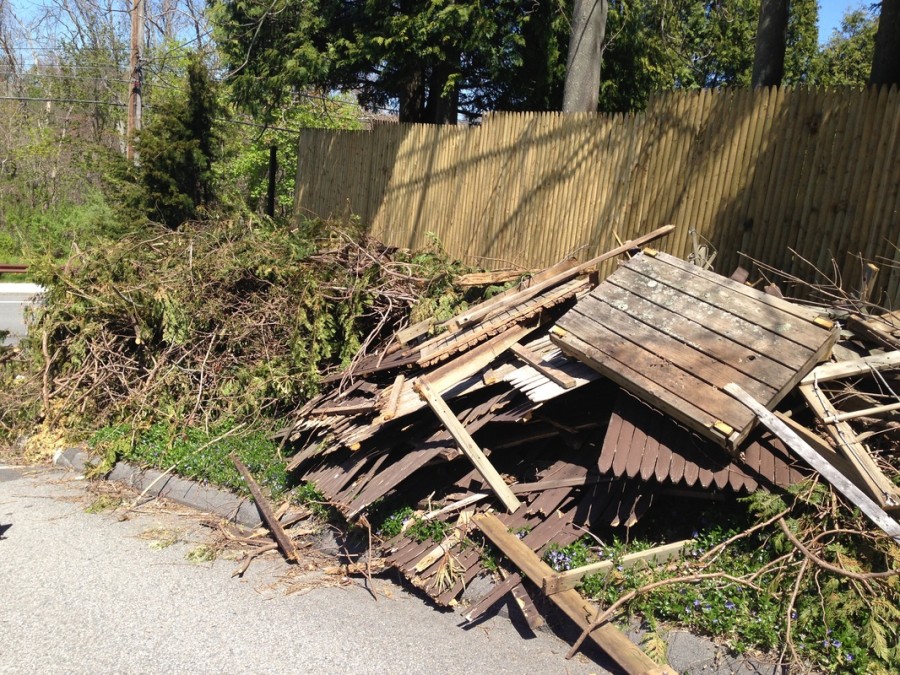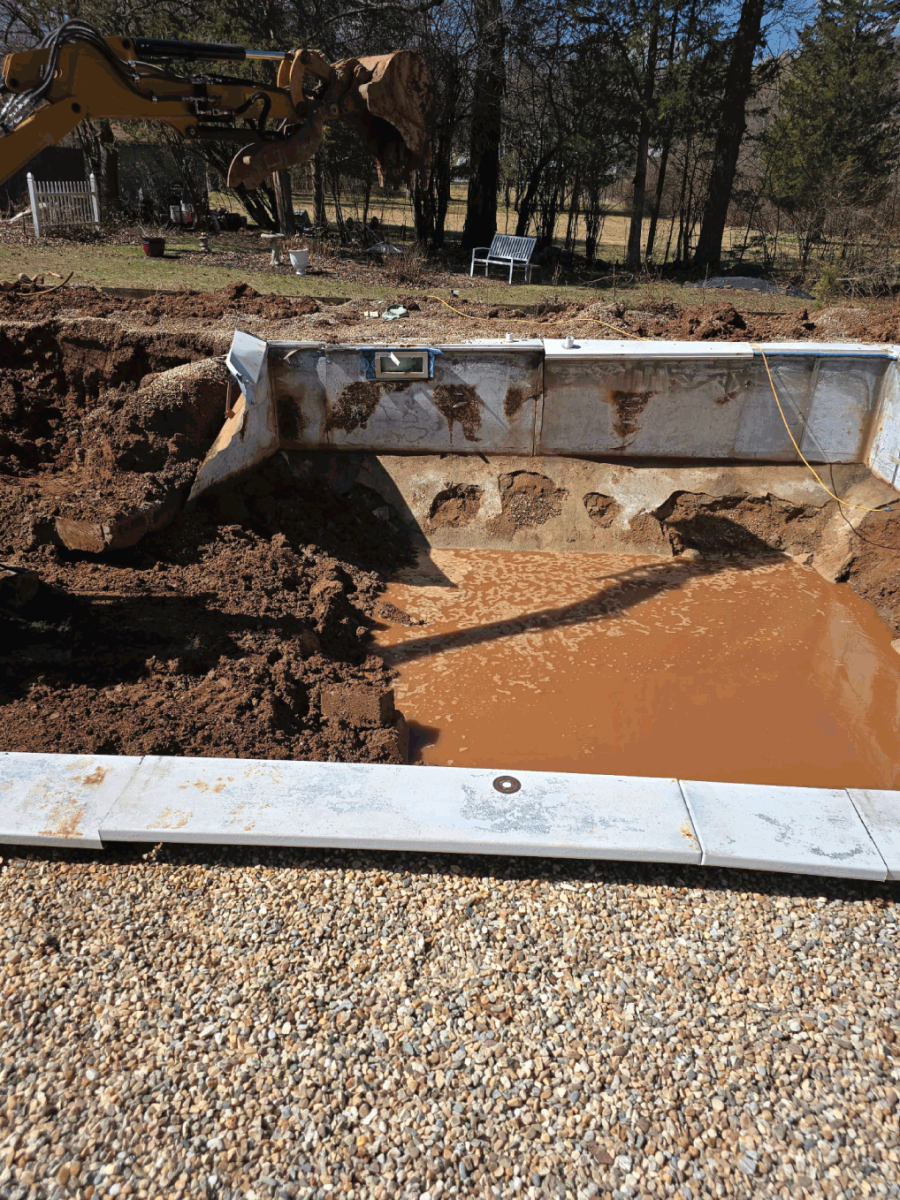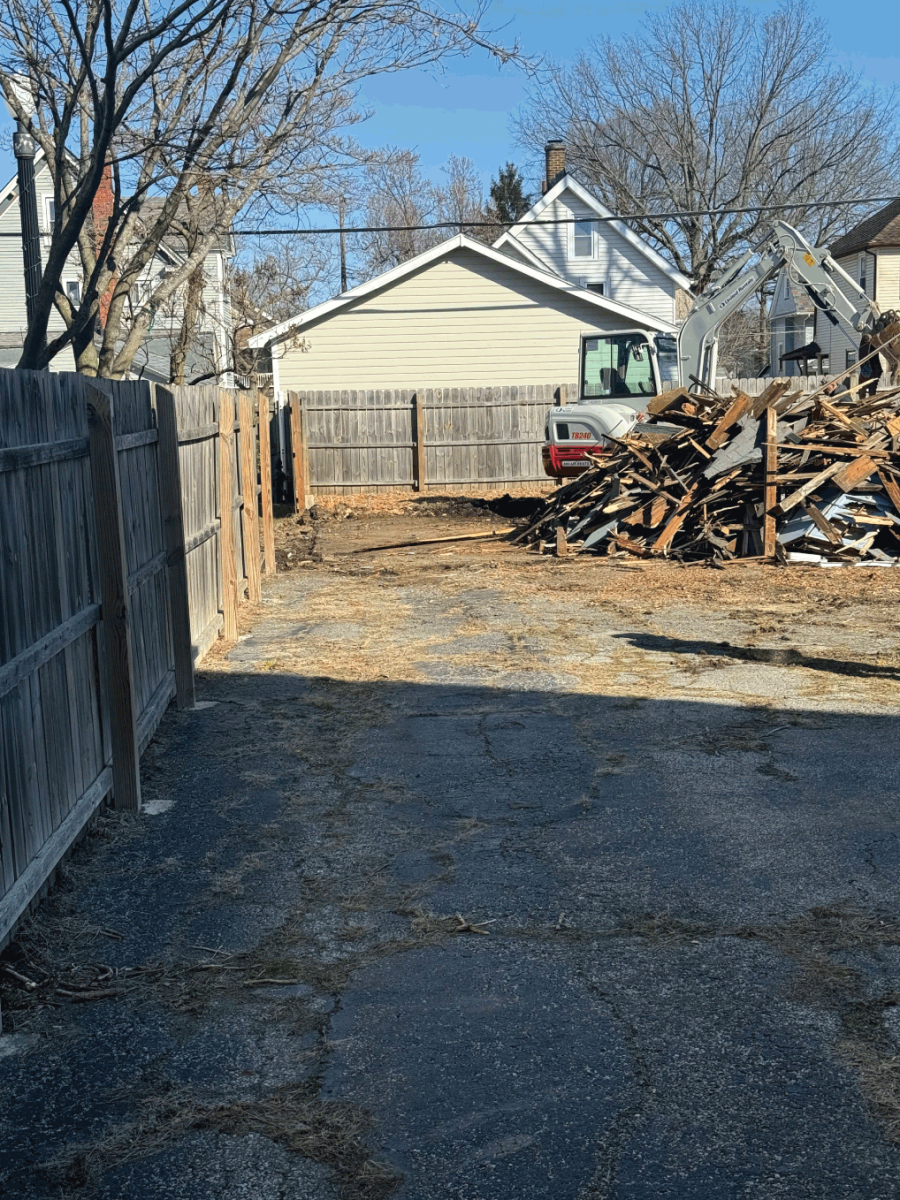Sponsored results
Dan's Demolition - Dan's Dump Runs
Dan’s Demolition is proud to be veteran-owned and operated and serving the Mystic, Connecticut area. Our crew of experienced professionals are fully equipped to... more
Sevan Construction & Development
Want oil tank removal you a rely on? At Sevan Construction & Development, we pride ourselves on getting jobs done right—on time and on budget.... more
All "Oil Tank Removal" results near me in Niantic, CT - December 2025
Sevan Construction & Development
Want oil tank removal you a rely on? At Sevan Construction & Development, we pride ourselves on getting jobs done right—on time and on budget.... more
Dan Mackin Construction
Get expert demo & excavation services from Dan Mackin Construction. We were founded in 1998 and today have grown to offer a full suite of demolition services... more
Bistrian Materials
Serving the Long Island community for more than 30 years, Bistrian Materials works hard to provide customers with;quality materials, site work, and personal service.... more
Dan's Demolition - Dan's Dump Runs
Dan’s Demolition is proud to be veteran-owned and operated and serving the Mystic, Connecticut area. Our crew of experienced professionals are fully equipped to... more
JDC Enterprises Inc
Count on the experts at JDC Enterprises, Inc. to get your fuel/oil tank or septic tank removed safely and in a timely manner. In... more
D W Transport & Leasing
D.W. Transport and Leasing, Inc. started as a one-man business, and we have since grown our fleet to include 30 tractor trailer trucks and more... more
My Dumpster CT
Located in Meriden/Danbury, Connecticut, My Dumpster CT specializes in light demolition, junk and waste removal, recycling services, and dumpster rentals. We are proud to... more
Barberi Brothers Demolition
Barberi Brothers Demolition, located in Waterford, CT, places a high emphasis on delivering unmatched quality services at a fair price. We perform a variety of... more
TJ Landscape Design & Construction
Serving the Westerly, Rhode Island area, TJ Landscape Design & Construction knows how to successfully complete a wide range of projects, including demolition.&... more
Nearby Places for Tank Removal
Tank Removal Tips for Niantic, CT
What is the history of oil tanks?
- 1859 — Oil is discovered and stored in wooden barrels.
- Late 1800s — The first steel storage tanks are produced to keep valuable oil safe.
- 1922 — First standards for steel storage tank safety are developed.
- 1930s — Underground storage tanks are now the preferred storage method, opposed to the previously preferred above ground storage tanks.
- 1960s — Tank owners grow more frustrated and more concerned with oil loss due to tank corrosion.
- 1970s — Concerns begin to spread regarding the environmental impact of oil tank leaks.
- 1988 — The EPA sets a deadline for upgrading underground tank systems, putting new tank regulations into place.
- 1990s — Many begin closing and removing their tanks due to the widely known environmental and health risks.
Find out more: Removing an Oil Tank? Start Here.
